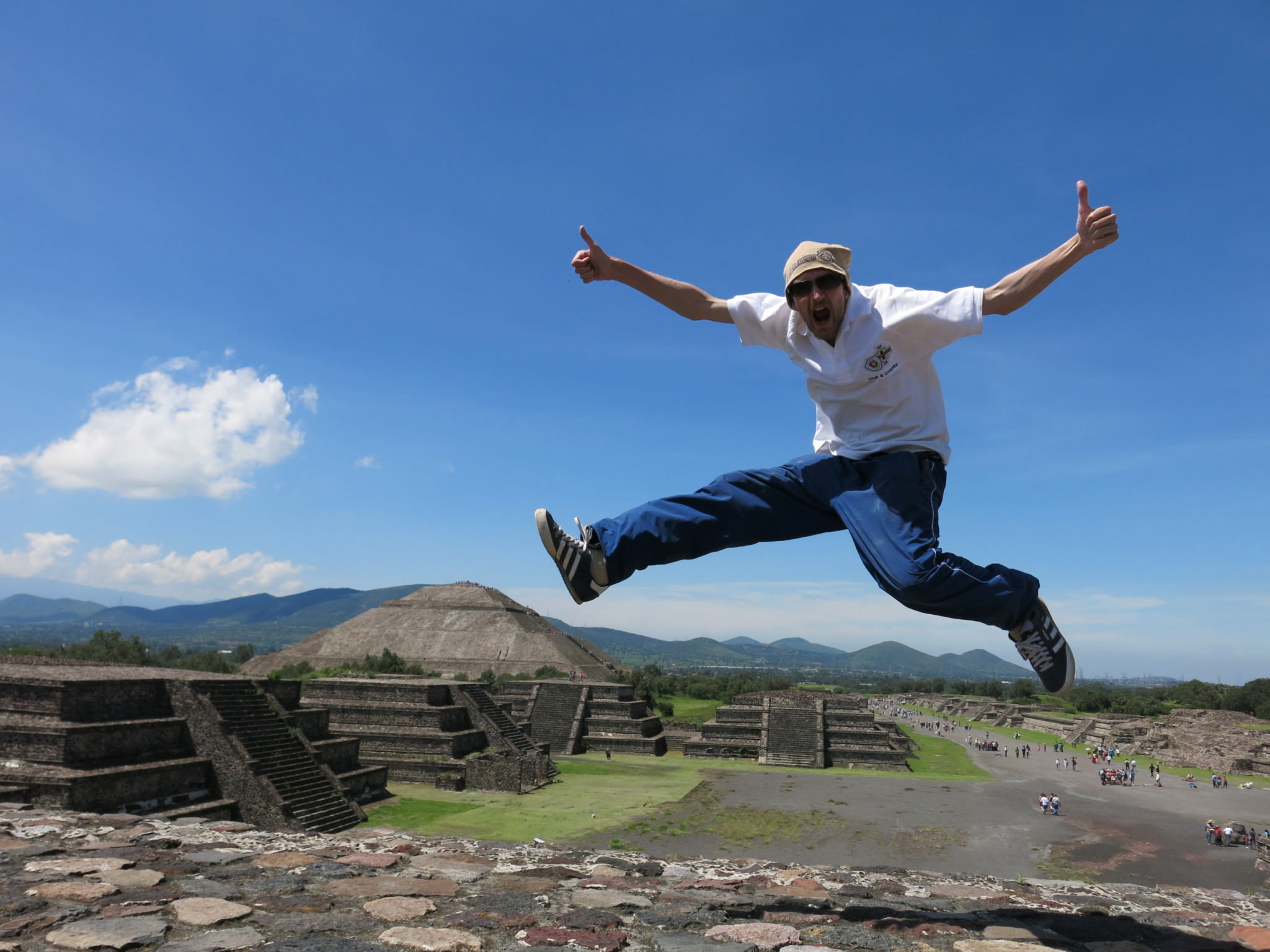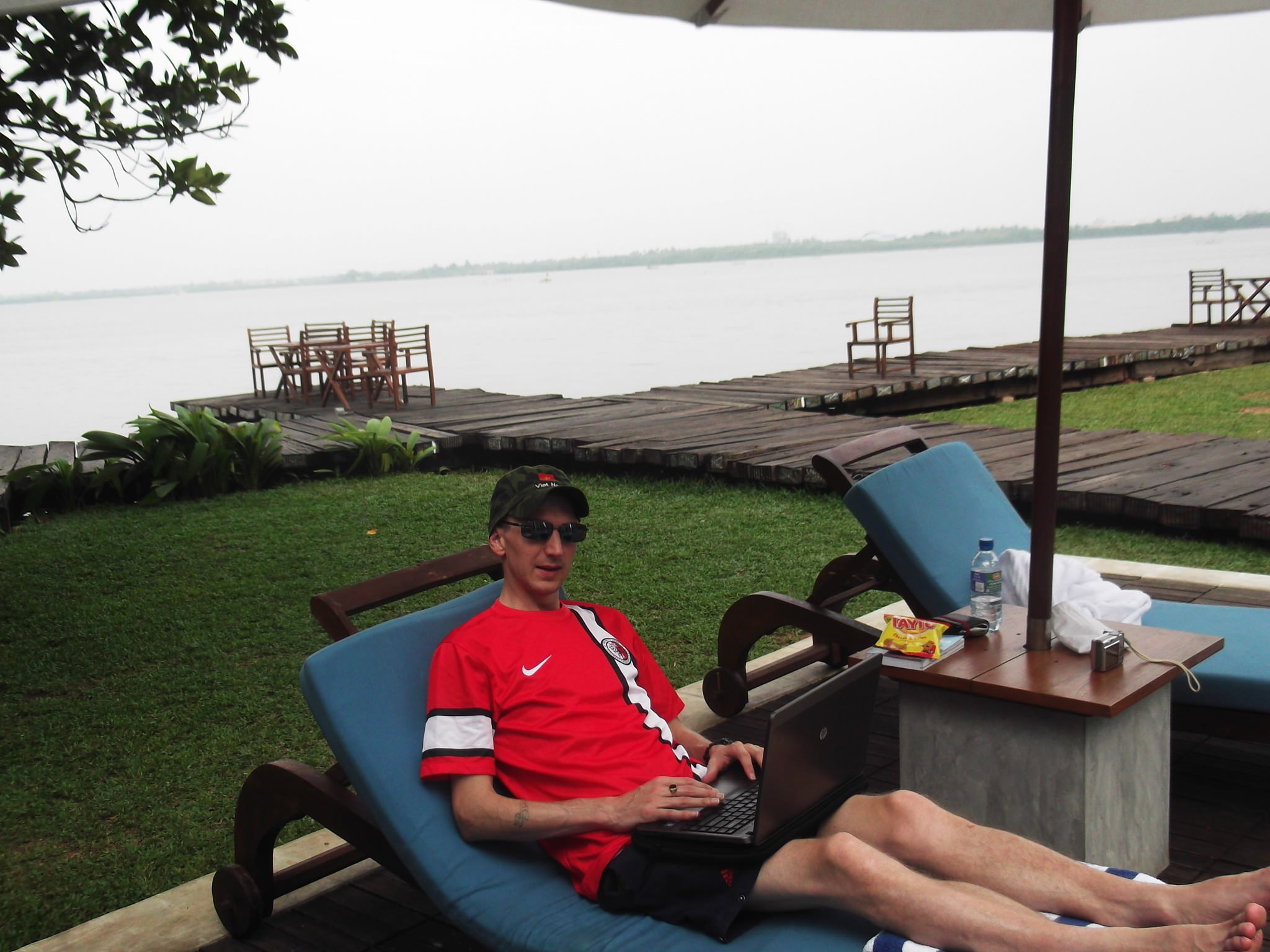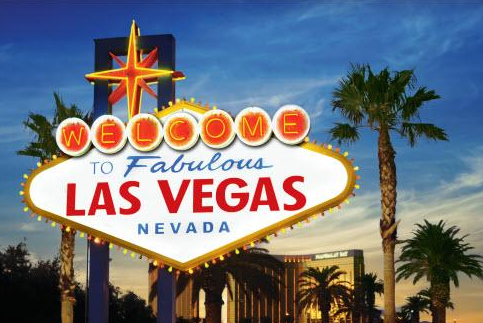Connecting Through Adventure: Blended Families and UK Getaways
If you’ve been going through a significant ordeal, like a bereavement or a divorce, then getting the right guidance for your family is critical. But so too is taking the time for yourselves, and bonding as a unit. If you’re looking to bring the entire family together around a shared experience, then the right holiday Read more about Connecting Through Adventure: Blended Families and UK Getaways[…]








